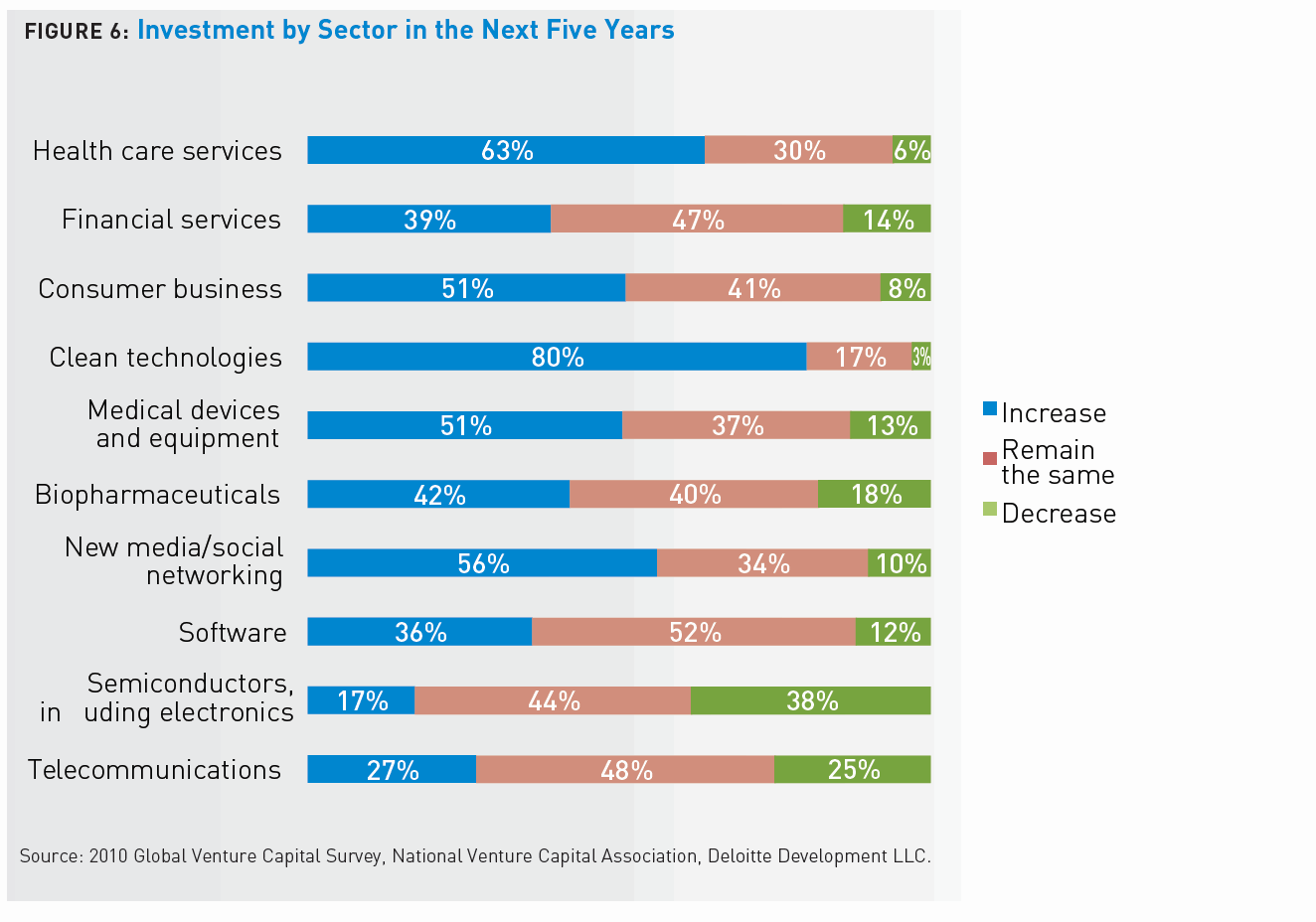URBAN LAND INSTITUTE
Building a 21st-Century City
Whether in Baltimore’s Science + Technology Park at Johns Hopkins, Pittsburgh’s Collaborative Innovation Center, Seattle’s redefinition of its economic base, or Houston’s efforts to grow its medical center, common lessons can be learned from these remarkable success stories of long-term public/private partnerships.
Leadership: Change doesn’t happen without a champion, nor will a community reinvent its economy overnight! Leadership can come from the public or private arena, from an individual or a group, but it requires someone to visualize the result, understand its place in the overall city development, create public enthusiasm, make it real, and begin to identify the resources necessary to move forward. Leadership needs to be sustained and committed to the long term. These developments will extend beyond the term of an elected official, often taking ten to 20 years to succeed. Whether in the Research Triangle, where the leadership came from business leaders, or in San Diego, where public leadership rallied the city, each success story has benefited from the presence of a champion. Although these success stories may seem obvious now, in the middle of competing interests creating an investment an investment that will have a long-term payoff—or not—is extraordinarily difficult. Quite simply, without leadership these deals are unlikely to happen. One of the major challenges to these success stories is determining a method of sustaining leadership—through different local elections, changing business, and institutional leaders. Without sustained and broadening leadership, these long-term developments and the promise of expanding synergies fall short.
Strategy: One needs to know where one is going in order to get there! An individual development needs to be seen strategically, not as just another project. It should be understood as catalytic in its impact on both market and perception. A strategy and a plan need to be critically focused on a true competitive advantage, not an abstract idea of some undefined goal. Public, business, and institutional leadership need to come together to create an ongoing dialogue to create, sustain, and expand an environment that encourages economic growth. The required elements may include improving school performance, easing and expediting approval and permitting processes, and making land assembly easier. Any process needs to be reasonably transparent and inclusive while moving expeditiously toward the shared goals.
Institutional capacity: To carry through on long-term commitments, public/private/ university partnerships require sophisticated organization on all sides. The institutions have to have a professional stability that outlast terms of office and the professional capabilities in financing, design, and other areas to fairly negotiate with governmental and private entities. A critical ingredient in the success of these partnerships is the research institution’s commitment to an efficient technology transfer process and an institutional commitment to encourage professors, students, and others to think entrepreneurially. On the public side, having the land, financing, and deal-making responsibilities and authority all in one place is most effective. The best example is the Research Triangle, which has had almost 50 years to integrate these components. Special-purpose authorities have frequently been created to govern and encourage research park development, acquire land, and provide specialized financing.
Financing infrastructure: Success depends on creating strong public/private/university or medical relationships. Partnerships often entail investments by both the public and private organizations that fund the development. Public investments are assuming some of the risks of the deal for two reasons: first, to alleviate the perception that the market will not support the cost of the development without subsidy, and second, to realize some clear public benefits from the investment as defined by the public agency, such as increased tax revenue, more jobs, blight removal, or additional public space. Thus, the public agency must have enough knowledge of the market to confirm (a) that the developer actually needs the subsidy, and (b) that the public benefits are clearly measurable and cost-effective. To be effective, the public agency needs to be a public entrepreneur with the flexibility to respond as nimbly as the private partner. It is helpful if the public agency develops a “financial menu” of programs that can be used to finance different components of a development. In Baltimore, a partnership between the city, private sector developers, community groups, and Johns Hopkins University helped create a 31-acre, new Science + Technology Park at Johns Hopkins, focusing on biomedical innovations.
Availability of both venture capital and early-stage investment cannot be stressed enough. Without these resources, deals may move elsewhere, and the success story will go with the move. The San Francisco metro area and Boston dominate the U.S. venture capital funding market—attracting close to 50 percent of the venture funding. As local budgets are cut, the availability of state or local financing, state pension funds, and investment, as well as the creation of new funds, will require creativity and shared vision. Whether in Baltimore or Las Vegas, efforts to move forward on projects that build upon the research capabilities of universities almost always depend on public/private investments. Leveraging private investments with public financing may require tools such as tax increment financing, small business loans, industrial revenue bonds, infrastructure funds, and public tax-exempt financing.
Download full report (PDF): Building on Innovation
About Urban Land Institute
www.uli.org
“The mission of the Urban Land Institute (ULI) is to provide leadership in the responsible use of land and in creating and sustaining thriving communities worldwide. Founded in 1936, the institute now has more than 40,000 members worldwide representing the entire spectrum of land use and real estate development disciplines, working in private enterprise and public service.”
Tags: ULI, Urban land Institute







 RSS Feed
RSS Feed